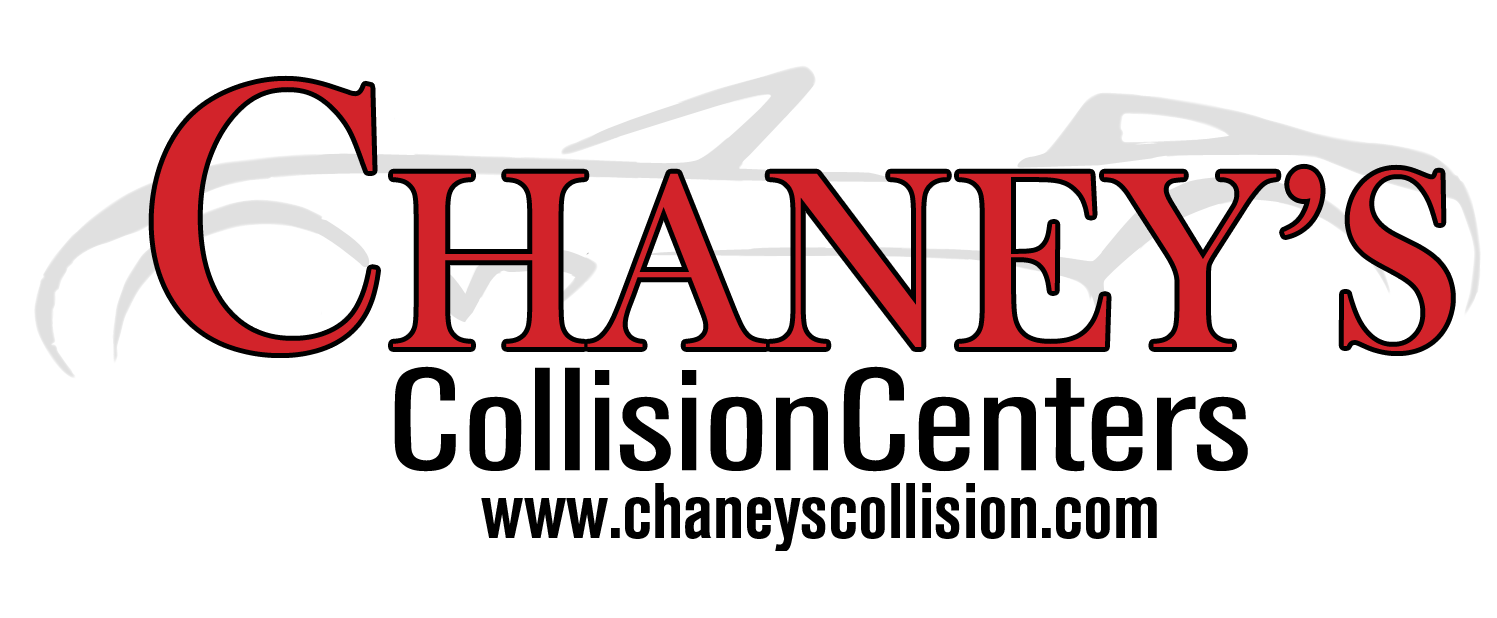The Difference between Gasoline Grades
When you pull up at a gas station, you’re hit with three choices as far as the gasoline grades. Regular, Plus and Premium: Which is the right one for your car?
The thing about gasoline grades is that just because you put the Premium quality gasoline into your vehicle, let’s say a Honda Civic, you’re not just going to get any additional improvement in performance.

Premium vs. Regular Grade Gasoline
Octane Levels
High grade gasoline isn’t going to make a regular car perform better or go faster. On the contrary, it could actually end up damaging your engine. To know whether the gasoline grade is suitable for your vehicle or not, you should know about the Octane ratings.
Regular grade gasoline is of the octane rating 87; mid-grade gasoline or Plus grade gasoline of the octane level 89 and Premium grade gasoline between 91 and 93.
Higher octane ratings mean more powerful or explosive action in the engine. The engines of high performance cars – such as luxury cars, sports cars or SUVs – put a lot of pressure on the gasoline. Basically, higher the octane rating of the engine, the higher is the resistance faced by the fuel during combustion.
Only high octane gasoline or premium gasoline can withstand that sort of pressure. If you were to put regular grade gasoline or lower octane fuel into a high performance car longer, it could effect the performance of your engine.
Is Premium Grade Gasoline an Absolute Must for High Performance Vehicles?
Not necessarily, says the Federal Trade Commission. They say that it’s not really that big a deal as modern day cars come with advanced fuel systems which can handle Regular grade gasoline just as well as Premium grade.
You could, as a matter of fact, drive a new BMW or Mercedes only on Regular grade and it wouldn’t matter one bit. The reason for this is all grades of gasoline come with additives, which make them capable of withstanding the pressure from the engine.
However, the FTC adds that if your engine doesn’t handle Regular grade very well, you should opt for Plus or mid-grade gasoline instead.
How to Know Which is Right for Your Car?
Honestly, you can just go through the owner’s manual for specific instructions on this. If you have a high performance car like a BMW, which comes with a high-compression engine, then the manufacturer may recommend Premium grade gas.
If the owner’s manual says put only Regular gasoline in the car, then that’s what you should be doing. If it says Mid-grade or Plus level gasoline into the car, then you know what to do.
Remember, while Premium grade costs more than Regular grade, there is no increase in performance unless the engine was specifically designed to run at a high octane level.
What About Diesel?
If you have a diesel engine, that fuel too comes in two different grades – Diesel #1 and Diesel #2. Diesel #1 is more free flowing than Diesel #2 and is more effective at low temperatures.

